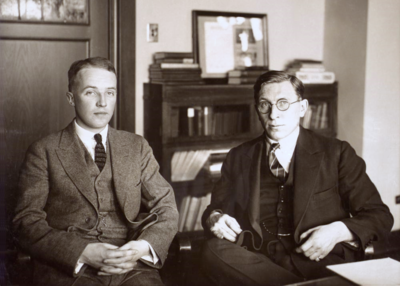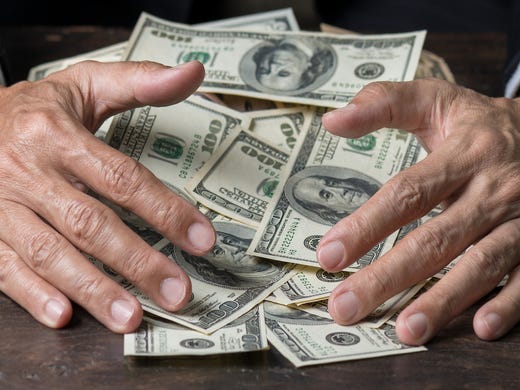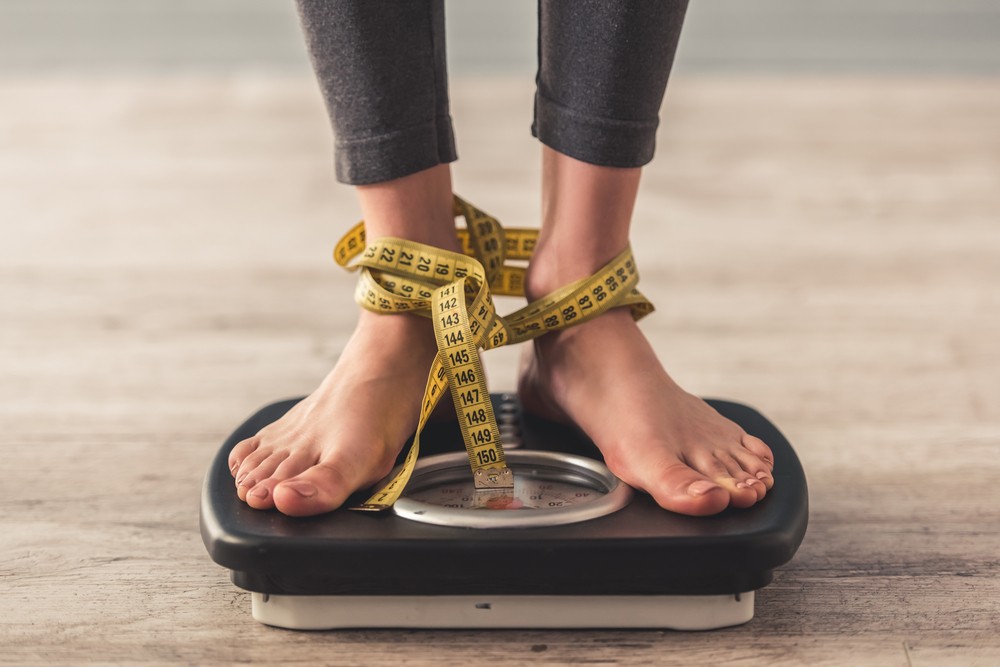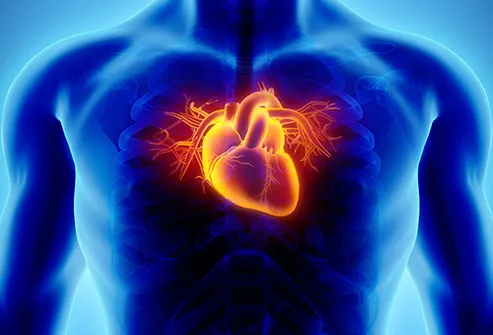Pricing Insulin out of Reach of Diabetics in the United States
"Our survey confirms that globally, rationing insulin is all too common. It also confirms what many already know: respondents from the U.S.A., one of the wealthiest countries in the world, had the highest degree of rationing of insulin and supplies compared to other high-income countries."
Elizabeth Pfiester, head, T1 International
When Professor Frederick Banting and his assistant Charles Best completed their research in insulin in 1921 at their University of Toronto laboratory -- a lifeline was thrown to the millions of people around the world whose inability to produce insulin naturally spelled a gruesome and swift death sentence -- the world sat up and took notice. Dr. Banting and his supervisor, J.R. McLeod were recognized as Nobel recipients, an award that Dr. Banting shared with his colleague, Dr. Best.
 |
| Dr. Charles Best (left) Sir Frederick Banting (right) |
In Canada, insulin is available to insulin-dependent diabetics at a reasonable price. Insulin itself must have a mode of delivery, so there is the added cost of hypodermic syringes. And to ensure that people with diabetes know how much long- and short-acting insulin they require at any given time, blood-testing strips as well as a 'reader' are also required. None of this paraphernalia supporting diabetes management is inexpensive; added together the monthly costs are substantial.
 |
| A woman fills a syringe to give herself an injection of insulin. (Reed Saxon/The Associated Press) |
In the United States, it appears that the most basic element of diabetes therapy, insulin, is now sold at an astronomical price. In Canada a vial of insulin is roughly $30. In the United States people with diabetes are charged over ten times as much for the very same insulin. What irony. Canadians have traditionally travelled across the border to the United States for purchases of all manner of goods whose cost has always been less in the U.S. than in Canada. Now, when it comes to pharmaceuticals, and particularly insulin, the trend has reversed.
Diabetes is a particularly pernicious chronic condition; it must be carefully monitored and dealt with. Managing diabetes properly equates with a total lifestyle overhaul. Diet, exercise, proper footwear, precise insulin measurements to match blood-sugar levels ascertained through monitoring must be adhered to. Diabetic neuropathy, retinopathy, heart problems are all conditions associated with long-term and/or improperly managed diabetes.
 |
A new survey in the U.S. has found that too many people must struggle financially to be able to afford this vital medication, that while 18 percent of people with diabetes worldwide take to rationing insulin because of cost; bad enough. Worse is that close to 26 percent of people living with diabetes in the United States are forced through financial difficulties to ration their insulin. Half-measures, in other words, where carefully calibrated amounts of insulin are required for maximum outcomes in health.
Of those interviewed, 70 percent reported some cost coverage while two-thirds had no financial support for their out-of-pocket costs. In the U.S. 89 percent of diabetics did have health care coverage while 79 percent had no other assistance, and 5.5 percent received assistance from government. The problem here is that in the U.S. there are no longer any vials of insulin available for $30. In high-income countries other than the U.S. rationing was reported by 6.5 percent of people living with diabetes; 11 percent in low- or middle-income countries.
Over 29 million Americans (9.3 percent of the population) have some form of diabetes, according to the American Diabetes Association -- in a country where the free enterprise system was born and pharmaceutical companies charge to the hilt for their prescription formulas. Between 2002 and 2013, the average list price for insulin tripled; where 15 years ago a 20-milliliter vial of Humulin R U-500 had a price tag of $175.57, currently the cost is a staggering $1,487.
In excess of 1,400 patients and caregivers over 90 countries responded to answers in the survey by T1 International, a patient advocacy group focusing on Type 1 (formerly called Juvenile-Onset) diabetes. Without insurance, the costs associated with insulin are financially ruinous for a great many people; even those with some level of insurance are hard put to pay their out-of-pocket costs. And since insulin sells for one-tenth the price in Canada, Americans are increasingly heading north for their insulin needs.
According to one study, the estimated cost in production of a vial of human insulin ranges between $2.28 and $3.42. Most analog insulin production costs are between $3.69 and $6.16. As a result of rising prices and a growing contingent of patients, Medicare Part D costs in diabetes treatment rose 840 percent between 2007 and 2017, from $1.4 billion to $13.9 billion, while average costs per person increased by 358 percent in the same period, from $862 to $3,949.
A group of about 25 Americans from Minneapolis headed to London, Ontario this past week to buy their non-prescription insulin. Quinn Nystrom, one of the group's organizers, paid $21 a vial for insulin when she was diagnosed with Type1 diabetes two decades earlier; now it costs $445. Canada regulates drug prices through a review board to ensure that this kind of industrial-level gouging is prevented. It's past-time for the wealthiest nation on earth to do the same for its citizens.

Labels: Costs, Insulin, Pharmaceuticals, United States


























